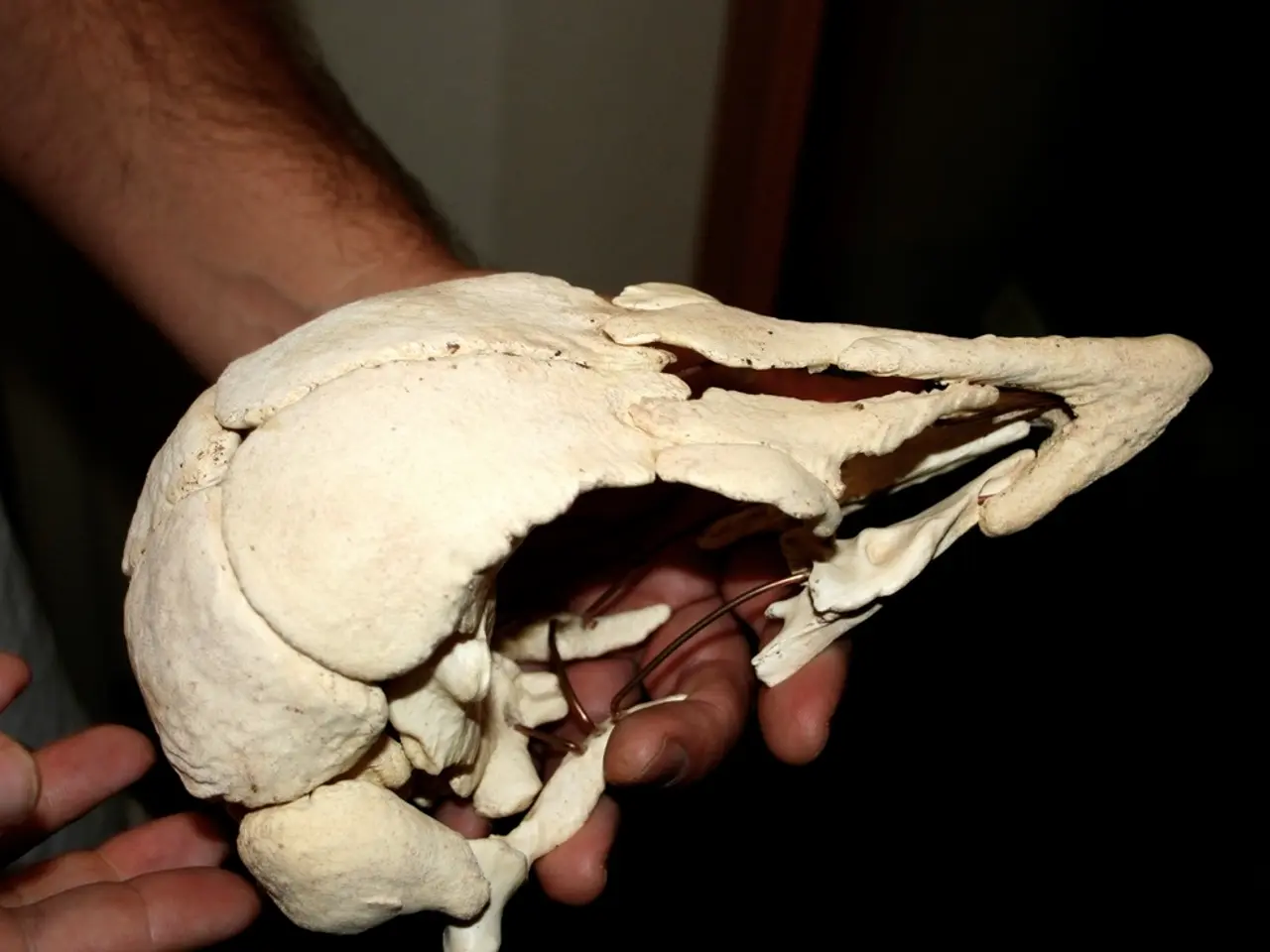14% Lack Palmaris Longus Muscle, Yet Hand Function Unaffected
Approximately 14 percent of people lack the palmaris longus muscle, yet it doesn't hinder their ability to tighten or clench their hands. This muscle, present in 86 percent of the population, plays a role in wrist flexibility and is visible when the wrist is flexed.
The palmaris longus muscle, one of five muscles acting at the wrist joint, originates from the medial epicondyle of the humerus in most people. It runs down the forearm and inserts on the palmar aponeurosis, contributing to wrist flexibility. Despite its absence in some individuals, it doesn't seem to cause any functional issues.
The palmaris longus muscle, though absent in a significant minority, doesn't appear to affect hand function. Its primary role is in wrist flexibility, with its visibility notable when the wrist is flexed.
Read also:
- Overweight women undergoing IVF have a 47% higher chance of conceiving naturally post-weight loss
- Bonsai Trees from Evergreen Species: Exploring Growth Characteristics & Distinct Qualities
- What temperatures may make walking your canine companion uncomfortable?
- Title: Information About Beovu: Potency, Form, Usage, and Additional Details






